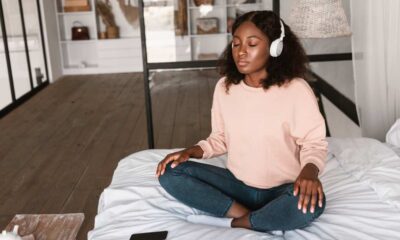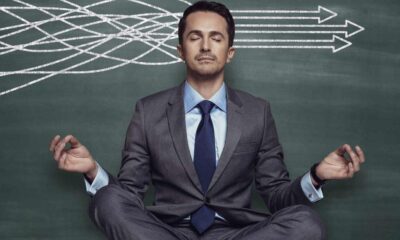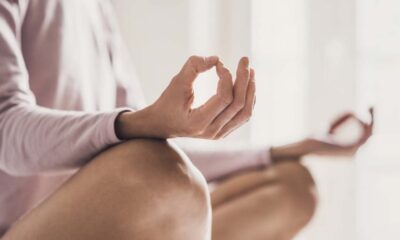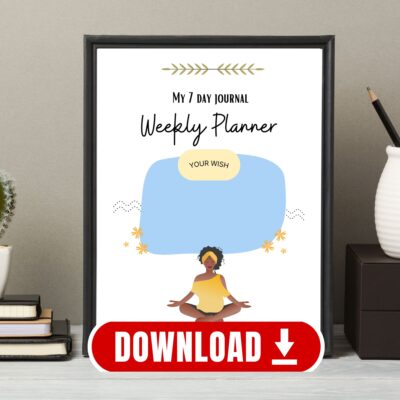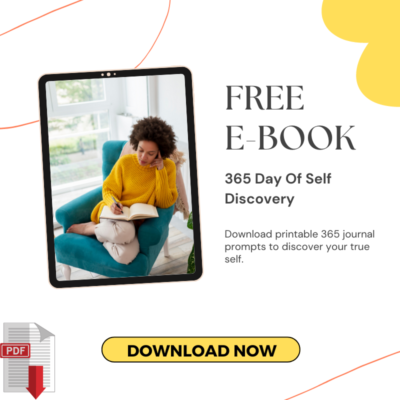Mental Health
How to Practice Body Scan Meditation
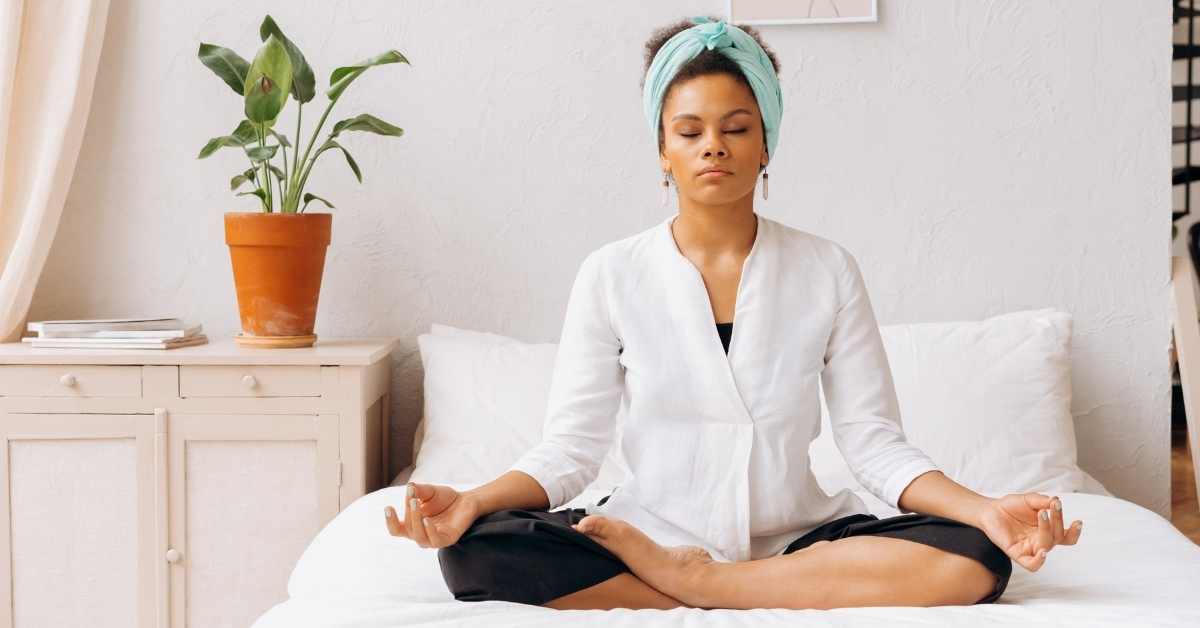
You can perform the body scan meditation while sitting, lying down, or in any other posture. The guided meditation described below is meant to be performed while seated.
For individuals who are unfamiliar with the body scan, in particular, we advise practicing with the audio. However, you can lead this exercise for others or use the script below as help.
Giving yourself credit will help you start loving yourself. Starting with your body, direct your attention there. You can close your eyes if that makes you feel more comfortable.
Wherever you are sitting, you may feel the weight of your body on the chair or the ground. Breathe deeply many times. And more oxygen enters the body during a deep inhale, energizing it. And when you breathe out, you’ll notice that you’re relaxing even more.
You might be aware of your feet on the ground and the feelings they produce as they make contact with the heat, the tremor, the weight, and the pressure. Along with pressure, pulsating, heaviness, and lightness, you can also feel your legs pressed up against the chair. Watch how your back feels against the chair.
Bring your focus to your tummy. If your stomach is tight or rigid, let it relax. Breathe in deeply. Pay attention to your hands. Do you have a tight or tense grip? Attempt to let them soften. Pay attention to your arms.
Feel your arms for anything. Let your shoulders unwind. Pay attention to your throat and neck. Let them be gentle. Relax. Let your jaw drop. Relax your face and the facial muscles. Once your complete body is present, take note of it.
Breathe in deeply once again. Be as conscious of your full body as you can. Breathe in deeply. When you’re prepared, you can then open your eyes.
4 Health Advantages of body Scan Meditation, including instructions for using it
Observe how your feet are feeling. Do you really mean to suggest they’re on the ground? Swinging carelessly out of a chair? Are your toes being pressed up against your shoes? Is it true that they are trembling, pulsing, and full of untapped energy? You lately started a kind of body check.
1. Reflection
When practicing this kind of caring reflection, you focus on your body’s feelings rather than primarily on your breath. This kind of thought can help you better manage pain, stress, and anxiety by directing your attention to how each part of your body feels.
You’re interested in learning about the medicinal benefits of a body assessment reflection and how to practice it.
2. Care
Body filter thought has several advantages, both psychologically and practically. The 8-week care-based stress reduction (MBSR) program, which is frequently used to treat chronic pain and other long-term illnesses, includes body assessment reflection.
The creator of MBSR, Jon Kabat-Zinn, specifically recommends bodily filters as a crucial kind of reflection for handling suffering. Additionally, studies have found that thinking about your body might help you manage pain, even when you’re alone.
For instance, a randomized, controlled review published in the Journal of Behavioral Medicine found that those experiencing continuous suffering can benefit from a 10-minute body scan.
The 55 members were asked to express their annoyance beforehand, followed by listening to a tape of either a body check or a characteristic history review after the incident. After just one meeting, the group that was attentive to the body check information experienced less pain.
3. Reduce anxiety and stress
A body output can help you release the stress that you’re unknowingly carrying around in your body, which frequently results from pressure or tension.
According to Wing, you can improve your ability to control this anxiety if you can learn to recognize your body’s true symptoms and sensations.
Following two months, those who paid attention to a recorded directed body check had reduced levels of cortisol, the stress hormone, according to a 2019 study of 47 reliable understudies.
In another study published in the Journal of Clinical Psychiatry, 93 adults with generalized anxiety disorders expressed interest in either MBSR or stress management training. In light of a nervousness test that was therapeutically supported, the MBSR group showed less evidence of the tension problem.
4. Improve sleep quality
Each kind of caring thought is calming and can unwind your mind to better sleep. However, body scan thinking may be particularly helpful and a far safer alternative to sleeping drugs as a typical treatment for sleep loss.
For instance, a 2020 study of 54 teenagers with sleeping disorders found that body check contemplation had a positive effect on how intellectual conduct therapy affected the condition.
Teenagers who practiced bodily assessment reflected indicated awakening less after falling asleep, sleeping longer and more soundly, and being less cranky after waking.
Observe any aftereffects of the terrible pressure issue
Wing claims that she frequently advises customers who have been injured or who are experiencing post-awful pressure issues to reflect on their bodies (PTSD). Body checks and reflection led to a reduction in adverse effects in a recent study published in Mindfulness of 102 veterans with recurrent PTSD.
The review used the PTSD Checklist to assign a severity score of 1 to 5 to each of the 17 PTSD side effects. Continued disturbing nightmares from the past, feeling anxious or afraid, and feeling extremely prepared are all indicators. Veterans who practiced body filter reflection saw a 5.5-point decline in their ratings.
The most efficient way to practice body filter reflection
Body check considerations will adhere to the following basic pattern:
Position yourself. whichever is more comfortable for you, sit on the floor or a chair. As long as you won’t doze off, you can also sit down. Gently avert your gaze. Focus on how your body is feeling. Take note of your posture. Feel your body’s weight on the ground or in the chair. Observe a few complete breaths.
Consider each section of the body one at a time. Start with your feet and work your way up your body, moving up your legs, shoulders, arms, and neck until you reach the top of your head.
Stop for a few seconds at each body part and pay attention to how it feels, whether it’s tight, loose, shivering, or excruciating. Concentrate on the feeling. It’s okay if you don’t experience any strong feelings; just pay attention to how it feels.
When your thoughts start to stray, take note of it and go back to the body filter. Your thought process will veer of course, but that is also okay. When that happens, acknowledge it and gently shift your focus back to a specific body region.
Simply accept your body. Regardless of whether you moved through your body sequentially or randomly (either is fine), take no time at all to notice how your entire body feels as a whole. After a few more breaths, slowly open your eyes to block out the reflection.
By dividing your body into larger or more modest lumps, you can lengthen or shorten your body check. Starting with your toes, for instance, before moving on to the bottoms of your feet and finally, your impact points, is an example. Alternatively, if you’re short on time, you can start with your entire foot or even your entire leg and foot.
You can also conduct brief body scan throughout the day. If you’re sitting at your computer and you find your shoulders are either stiff or sagging, take a break and start tuning into other parts of your body.
According to Wing, you can do it right there in your office, at your desk. If you have the time, you could also walk to a peaceful outside seating area or even just your car. Join our in-person/online 100 & 200 hours of Mindfulness Meditation Teacher Training.
-

 Quotes3 months ago
Quotes3 months ago50 Life Quotes from Famous Books Ever
-

 Books3 months ago
Books3 months ago10 Life Lessons from the Book “Tuesdays with Morrie”
-

 Mindfulness3 months ago
Mindfulness3 months agoWhat Are The Benefits of Mindfulness Meditation
-

 Lifestyle3 months ago
Lifestyle3 months agoHealth Tips for Each Zodiac Sign as Per Their Lifestyle
-

 Health & Fitness3 months ago
Health & Fitness3 months agoUsing Meditation to Enhance Your Physical Fitness
-

 Mindfulness1 month ago
Mindfulness1 month agoFeeling Anxious? Try the 5-4-3-2-1 Grounding Technique
-

 Lifestyle1 month ago
Lifestyle1 month agoErgonomic Workstation: How Wavepads Protect Your Wrist

